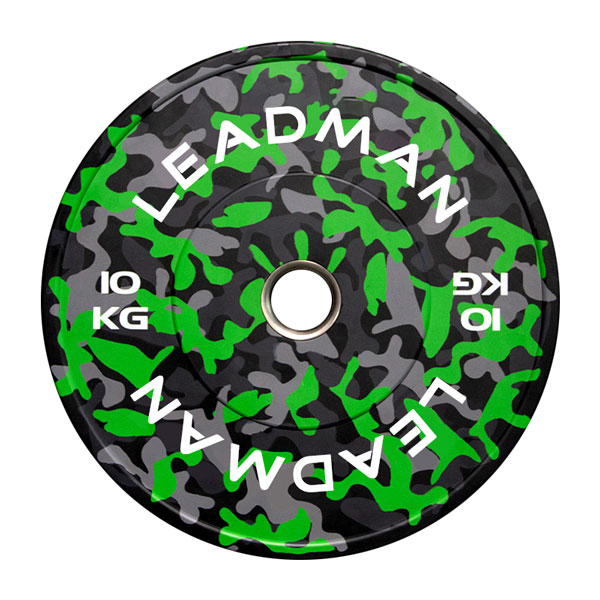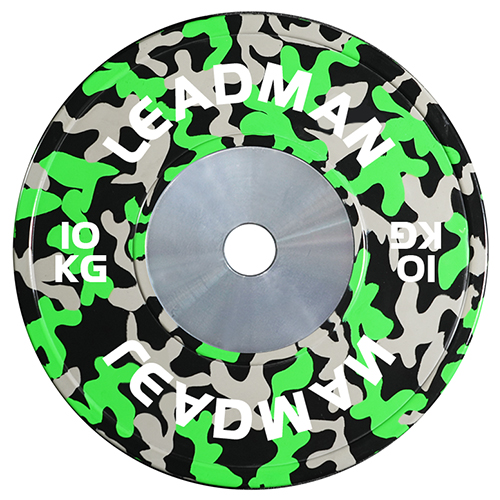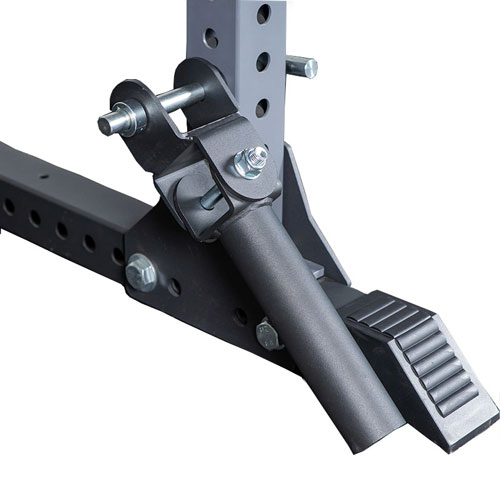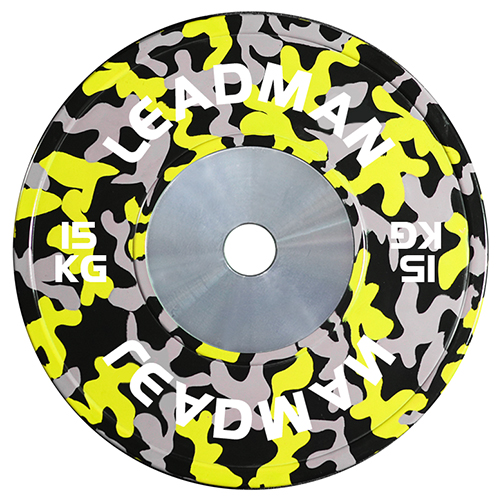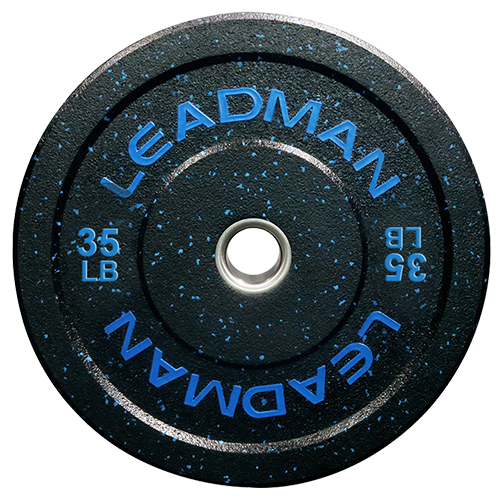Tailored Fitness Solutions
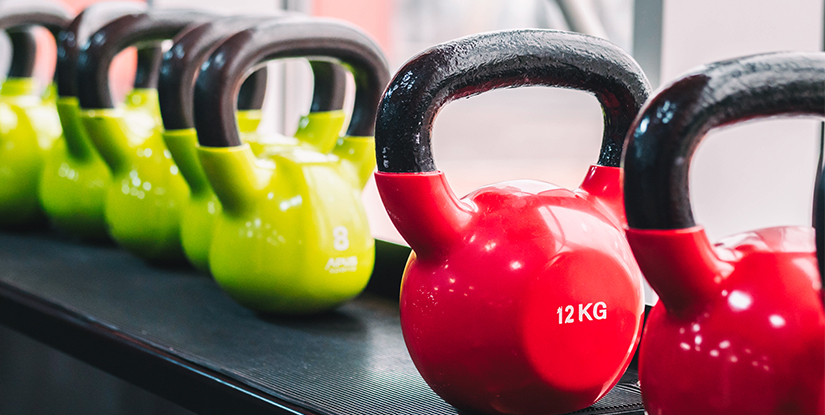
Introduction
In today's fitness landscape, one-size-fits-all approaches are becoming obsolete. Tailored fitness solutions represent the new paradigm in health and wellness, offering customized programs that address individual needs, goals, and limitations. This comprehensive guide explores how personalized fitness strategies can transform your health journey, providing insights into assessment methods, program design, equipment selection, and long-term success strategies.
Whether you're a fitness professional looking to enhance your service offerings or an individual seeking the most effective path to your goals, understanding tailored fitness solutions will empower you to achieve better results in less time with greater satisfaction.
The Science Behind Personalized Fitness
Tailored fitness solutions are grounded in scientific principles that recognize human variability. Research shows that individuals respond differently to exercise stimuli based on factors like genetics, biomechanics, metabolism, and psychological makeup.
1. Biological Individuality
Each person's body responds uniquely to training based on muscle fiber composition, hormone levels, and recovery capacity. Tailored programs account for these differences to optimize results.
2. Neuromuscular Patterns
Movement patterns are as individual as fingerprints. Personalized training corrects imbalances and enhances natural movement efficiency.
3. Metabolic Variability
Energy system development must match an individual's metabolic profile for optimal fat loss or endurance gains.
4. Psychological Factors
Motivation styles, stress responses, and personal preferences significantly impact program adherence and success.
Components of Effective Tailored Fitness Solutions
Creating truly personalized fitness programs requires addressing multiple dimensions:
1. Comprehensive Assessments
Initial evaluations should include movement screens, strength tests, flexibility measurements, cardiovascular assessments, and lifestyle questionnaires.
2. Goal-Specific Programming
Whether the aim is fat loss, muscle gain, sports performance, or rehabilitation, exercises must align precisely with objectives.
3. Equipment Customization
Selecting the right tools for each individual's body mechanics and goals enhances effectiveness and reduces injury risk.
4. Progressive Adaptation
Programs must evolve based on ongoing assessments and changing needs over time.
Assessment Tools for Personalization
Accurate personalization begins with thorough assessment. Modern fitness professionals use various tools to gather essential data:
1. Movement Analysis
Functional movement screens identify imbalances, asymmetries, and compensation patterns that need addressing.
2. Body Composition Testing
Beyond weight, measuring body fat percentage, muscle distribution, and hydration levels provides a clearer picture.
3. Metabolic Testing
VO2 max tests, resting metabolic rate measurements, and lactate threshold assessments guide cardio programming.
4. Strength and Power Metrics
Baseline measurements for different movement patterns establish starting points and reveal relative weaknesses.
5. Lifestyle Evaluation
Sleep quality, stress levels, nutrition habits, and daily activity patterns all influence program design.
Customizing Equipment for Individual Needs
The right equipment can make or break a personalized fitness program. Considerations include:
1. Adjustable Options
Equipment with multiple settings accommodates different body types and ability levels as clients progress.
2. Specialized Tools
From resistance bands to vibration platforms, supplementary tools address specific needs.
3. Ergonomic Design
Equipment should fit the user's proportions to ensure proper form and comfort.
4. Adaptive Technology
Smart equipment that adjusts resistance based on performance data enables real-time personalization.
Programming Strategies for Personalized Fitness
Effective tailored programming incorporates several key strategies:
1. Periodization Models
Training cycles are adjusted based on individual recovery rates and progress markers.
2. Exercise Selection
Movements are chosen based on biomechanical suitability and goal alignment.
3. Intensity Modulation
Workload is precisely calibrated to individual capacity and adaptation rates.
4. Recovery Protocols
Rest periods and active recovery techniques are personalized based on stress markers.
Technology in Tailored Fitness Solutions
Modern technology enables unprecedented levels of personalization:
1. Wearable Devices
Continuous monitoring provides real-time data on heart rate variability, activity levels, and sleep quality.
2. AI Coaching Platforms
Algorithm-driven programs adapt based on user input and performance metrics.
3. 3D Motion Capture
Advanced systems analyze movement patterns to suggest form corrections and exercise modifications.
4. Virtual Reality Training
Immersive environments can be customized for motivational preferences and skill development.
Nutritional Personalization
Complete tailored fitness solutions include nutritional guidance:
1. Metabolic Typing
Diet plans are adjusted based on individual metabolic responses to macronutrients.
2. Food Sensitivity Testing
Identifying problematic foods helps optimize energy levels and recovery.
3. Nutrient Timing
Meal schedules are synchronized with training cycles for maximum benefit.
4. Supplement Protocols
Targeted supplementation addresses individual deficiencies and enhances performance.
FAQ About Tailored Fitness Solutions
1. How is tailored fitness different from regular personal training?
Tailored fitness goes beyond standard personal training by incorporating comprehensive assessments, customized equipment options, and ongoing adaptation based on precise data tracking rather than general guidelines.
2. Who benefits most from tailored fitness solutions?
While everyone can benefit, individuals with specific goals, physical limitations, or those who haven't succeeded with generic programs see the most dramatic improvements from personalized approaches.
3. How often should assessments be repeated?
Most programs recommend reassessment every 4-8 weeks, though some technologies allow for continuous monitoring and micro-adjustments.
4. Is tailored fitness more expensive than standard programs?
While initial costs may be higher, the increased efficiency and effectiveness often make tailored solutions more economical long-term by delivering better results in less time.
5. Can tailored fitness be applied to group settings?
Yes, advanced systems now allow for scalable personalization in group classes through technology-enabled modifications and equipment adjustments.
6. How does age affect fitness personalization?
Age influences recovery rates, injury risk, and hormonal factors that must be accounted for in program design, making personalization especially valuable for older adults.
7. What role does genetics play in tailored fitness?
Genetic testing can reveal predispositions for power vs endurance, injury risk, and nutrient metabolism, allowing for exceptionally precise programming.
Implementing Tailored Solutions in Commercial Gyms
Forward-thinking gyms are incorporating personalization at scale:
1. Member Profiling Systems
Comprehensive intake processes create detailed member profiles that inform equipment selection and programming.
2. Adaptive Equipment Zones
Dedicated areas feature adjustable equipment that can be quickly modified for different users.
3. Digital Integration
Member apps sync with equipment to automatically adjust settings and track progress.
4. Staff Training
Educating trainers on personalization techniques ensures consistent implementation across all touchpoints.
The Future of Tailored Fitness
Emerging trends point to even more advanced personalization:
1. Biometric Feedback Integration
Real-time physiological data will automatically adjust workout parameters during sessions.
2. AI-Powered Program Generation
Advanced algorithms will create and modify programs based on thousands of data points.
3. 3D-Printed Equipment
On-demand manufacturing will produce perfectly fitted equipment for individual users.
4. Neuromuscular Adaptation Technology
Systems that read muscle activation patterns will customize resistance in real-time.
Conclusion: The Personalized Path Forward
Tailored fitness solutions represent the future of health and wellness, offering a more effective, efficient, and enjoyable path to achieving fitness goals. By embracing personalization at every level—from assessment to equipment selection to program design—individuals and fitness professionals alike can unlock new levels of performance and satisfaction.
As technology continues to advance and our understanding of human physiology deepens, the possibilities for customization will only expand. Those who adopt these personalized approaches now will be positioned at the forefront of the fitness industry's evolution.
Ready to Transform Your Fitness Approach with Custom Solutions?
Tailored fitness solutions can revolutionize your training experience, delivering better results through personalized programming and equipment.
Discover how Leadman Fitness can help you implement customized fitness strategies. Contact us today to explore possibilities!

